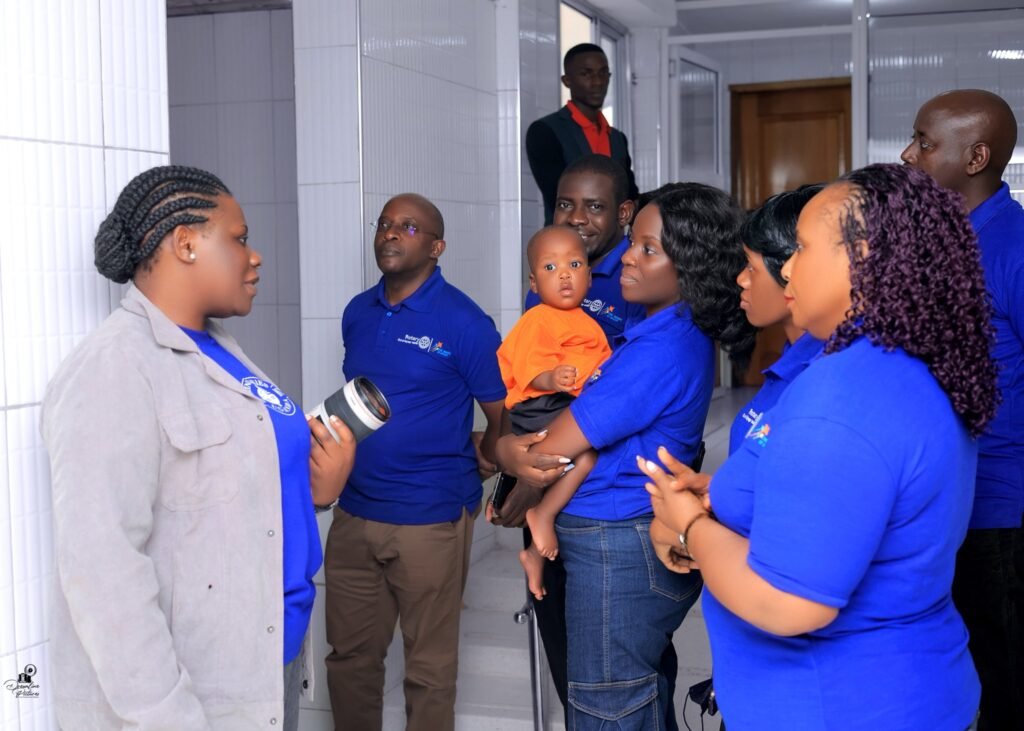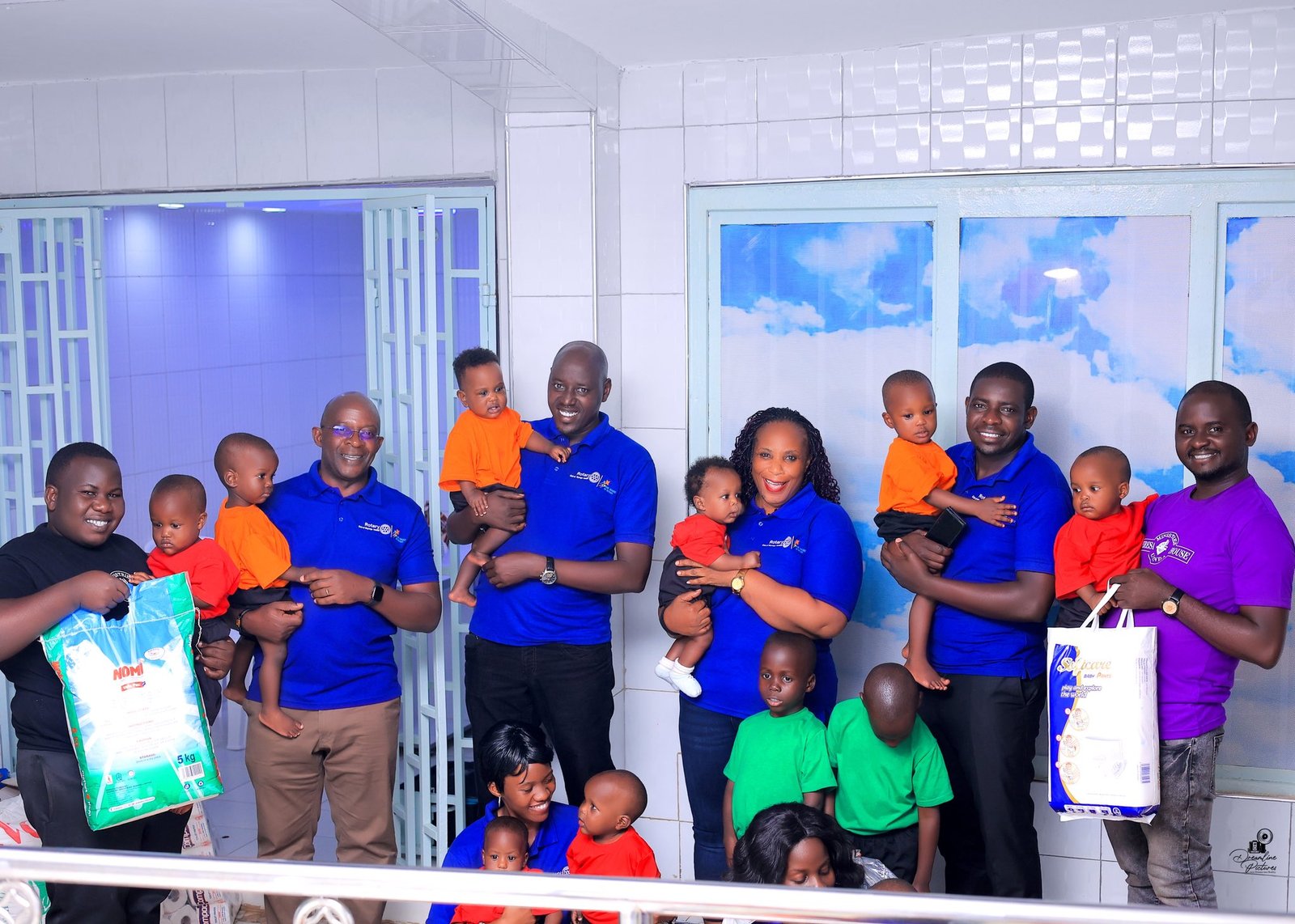Rotary’s mission of “Service Above Self” has ignited change in communities across the globe—from building schools and hospitals to eradicating polio and advancing peace. Yet, in many parts of the world, a puzzling gap persists: while community members often benefit from Rotary’s service projects, relatively few choose to become Rotarians themselves. This paradox raises an important question: how can Rotary deepen its impact by transforming beneficiaries into partners, and partners into members?
The answer lies in reimagining how we engage with communities—not as recipients of our service, but as co-creators of change. By adopting a localized approach rooted in inclusion, capacity-building, and collaboration, Rotary can both expand its membership and strengthen the legacy of its service. This approach calls for Rotarians to invite community members to design projects alongside them, take ownership of initiatives, and discover firsthand the values that define Rotary. When people feel seen, heard, and valued in the service process, the desire to belong—to become a Rotarian—naturally follows.
In many parts of the world, this shift from outreach to ownership is already underway. In Uganda, the Rotaract Club of Nakivale, situated in a refugee settlement, is a groundbreaking example of service transformed into shared leadership. Comprised of refugees themselves, the club empowers individuals who were once recipients of humanitarian aid to now lead service projects, mentor others, and represent their communities within Rotary. Through local ownership, the project outcomes have become more sustainable—and the club, more reflective of the community it serves.

The Rotary Club of Muyenga Tankhill August Babies on a visit at Teresa House Orphanage ( Photo credits – Dreamline Pictures)
Similarly, in Nepal, the Rotary Club of Dhulikhel adopted a participatory approach when rebuilding schools after the 2015 earthquake. Rather than bringing in outside contractors, the club trained community members in eco-friendly construction methods, enabling them to rebuild with resilience. The process fostered skills, trust, and lasting relationships. Many of those involved in the project later joined Rotary or Rotaract, drawn by the values they had lived out through action.
These stories point to a powerful truth: when people feel they have built something, they are more inclined to protect, sustain, and grow it. Service that empowers—not just delivers—creates community leaders who are naturally aligned with Rotary’s vision.
Membership extension, then, is not about increasing numbers for the sake of growth. It is about cultivating relationships that inspire commitment. In Colombia, the Rotary Club of Bogotá initiated youth-led peace dialogues in neighborhoods affected by gang violence. By training young people as community mediators and engaging their families in reconciliation efforts, the club became a catalyst for healing. Several of the youth leaders, now enrolled in university, have become Rotaractors—and in turn, ambassadors for peace in Rotary’s name.
Elsewhere, the Rotary Club of Wellington in New Zealand partnered with Māori elders to co-develop early education programs. The initiative not only improved literacy rates but also led to increased representation of Māori members in Rotary—because the club had made space for their leadership from the start. Likewise, in Bangalore, India, the club’s innovative “satellite club” model brought Rotary into rural areas, enabling farmers, artisans, and local teachers to form their own Rotary groups with guidance from existing members. What began as outreach became ownership, with over 300 new members joining through this initiative.
Such success stories are not isolated—they are invitations to action. When clubs listen deeply to communities, share power generously, and celebrate local voices, they create environments of belonging. People don’t just join Rotary because of what it does—they join because of how it makes them feel: empowered, respected, and part of something greater than themselves.
To create that feeling, clubs must begin by shifting the way they design and deliver service. Hosting community conversations, inviting local leaders to co-author project proposals, and acknowledging contributions from non-Rotarians in club events are simple but powerful steps. Service must no longer be a one-way gift—but a shared journey. By doing so, every project becomes a bridge—not just to progress, but to membership.
In today’s interconnected world, our strength lies not only in what we give, but in whom we invite to give with us. Rotary’s ability to grow depends on how well we nurture relationships that lead to shared leadership. If we truly wish to transform the world, we must first ensure that those we serve have a seat at the table—and the opportunity to lead beside us.
As Rotarians, we are not only agents of change—we are architects of belonging. Let us rise to the challenge with courage and humility, knowing that the communities we empower today are the Rotarians who will shape tomorrow.
This article was originally published in D9214 One voice Magazine – July Edition
Rtn Gyaviira Luwaga
RC Muyenga Tankhill
hello@glutconsult.com

Leave a Reply